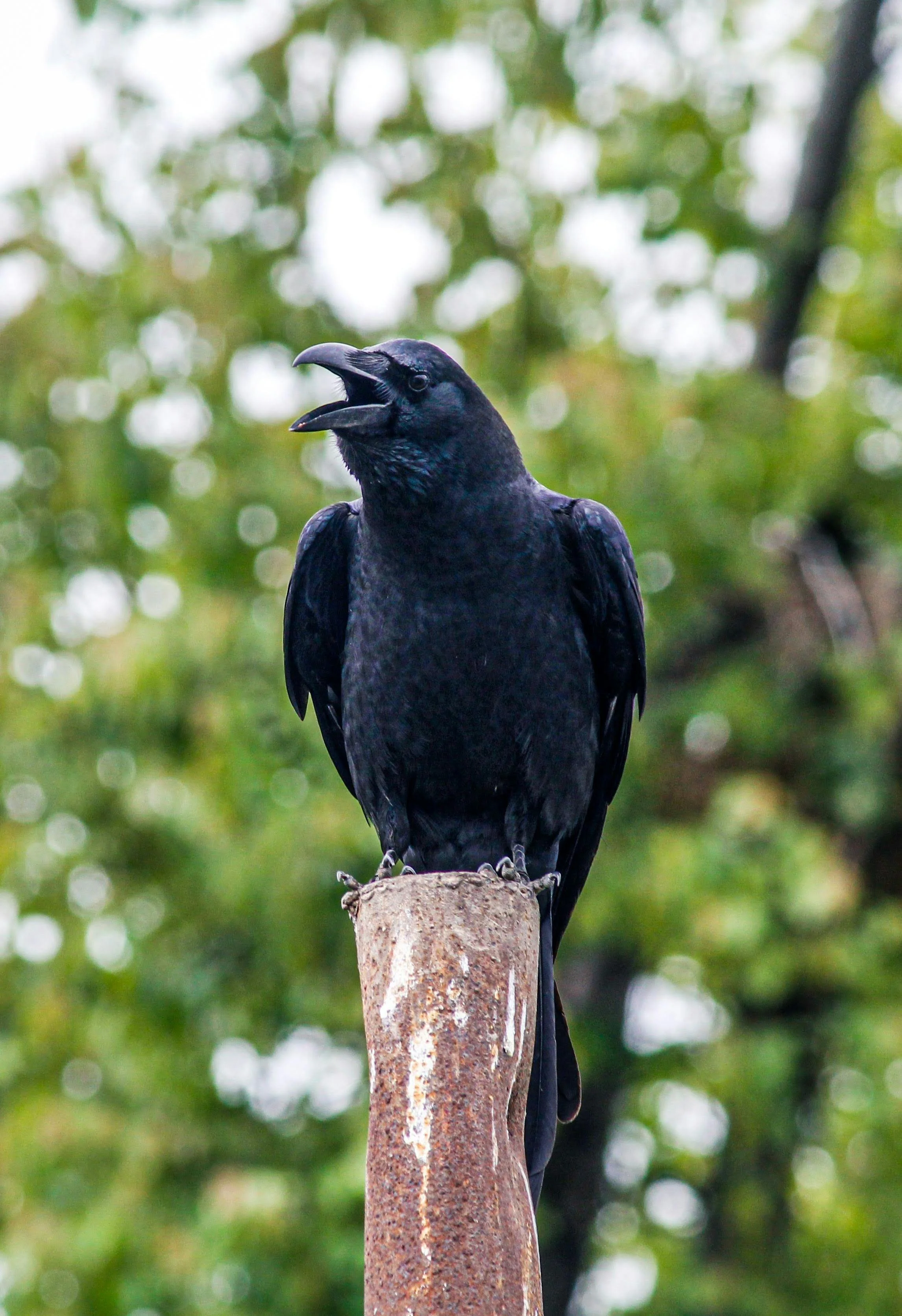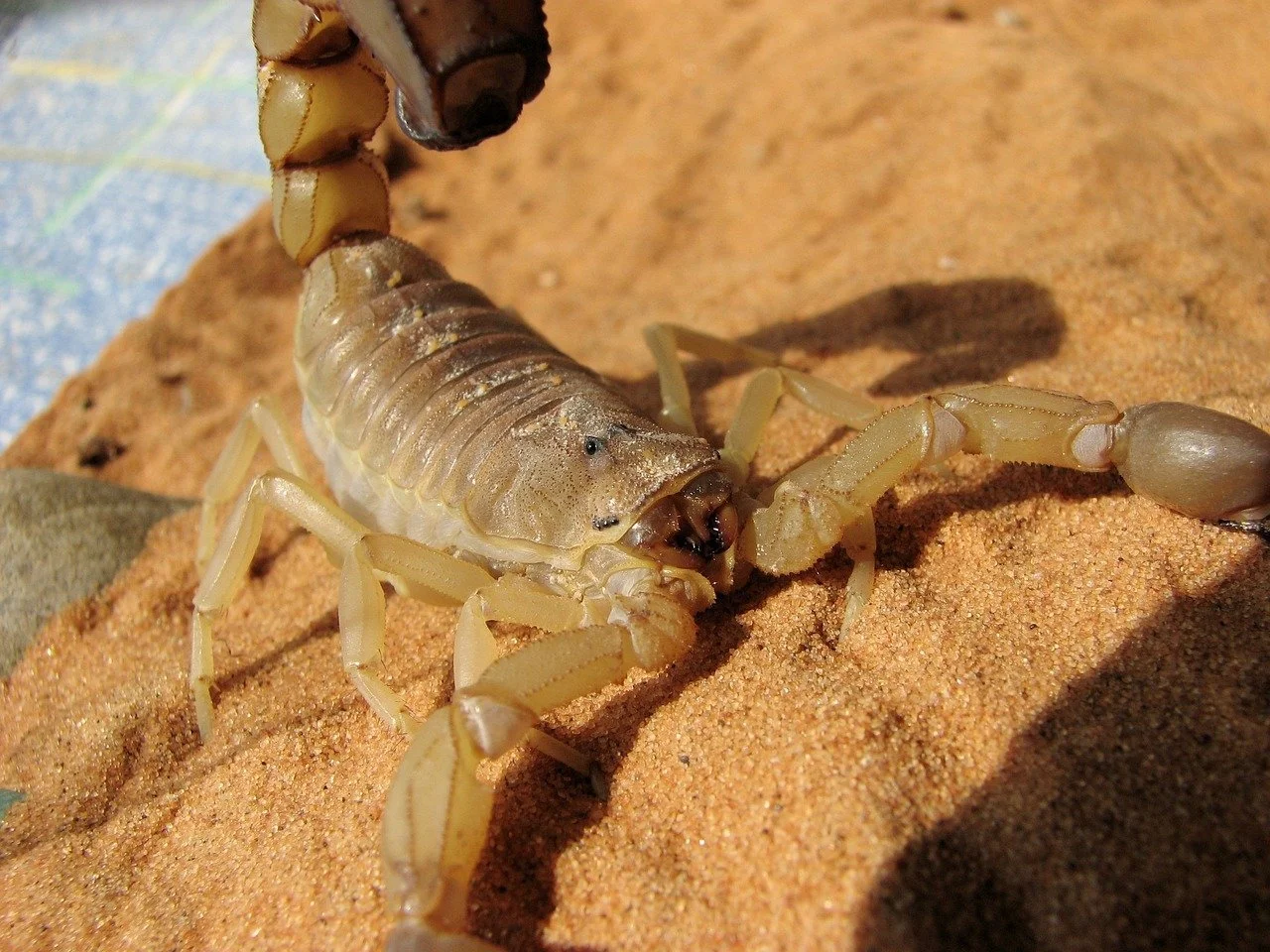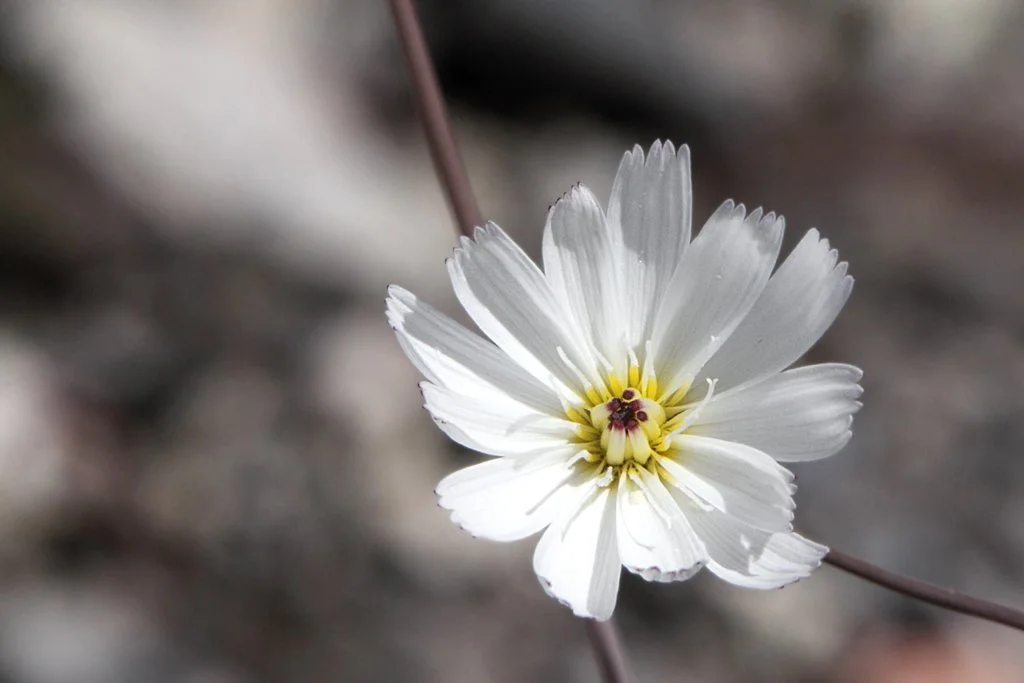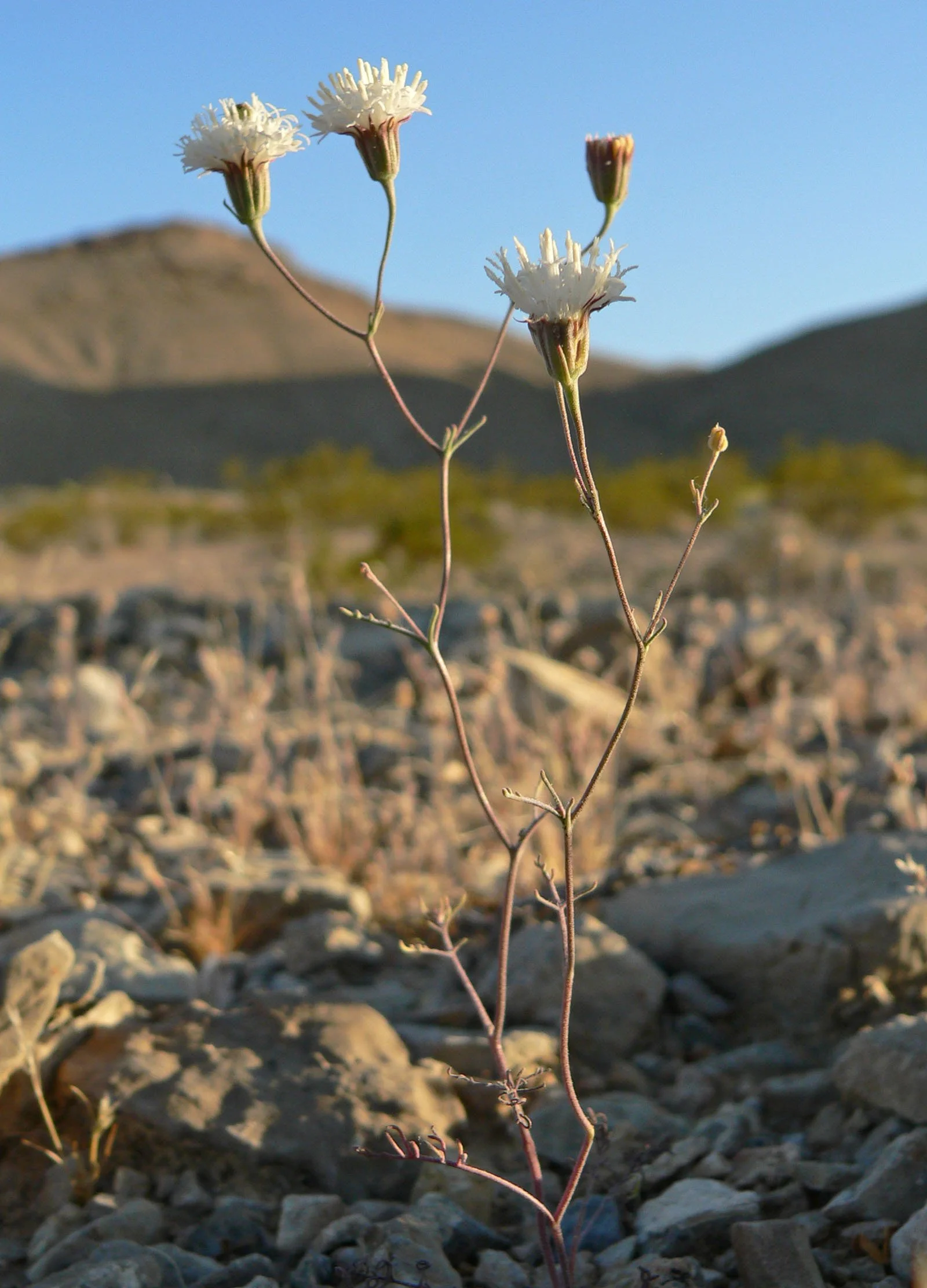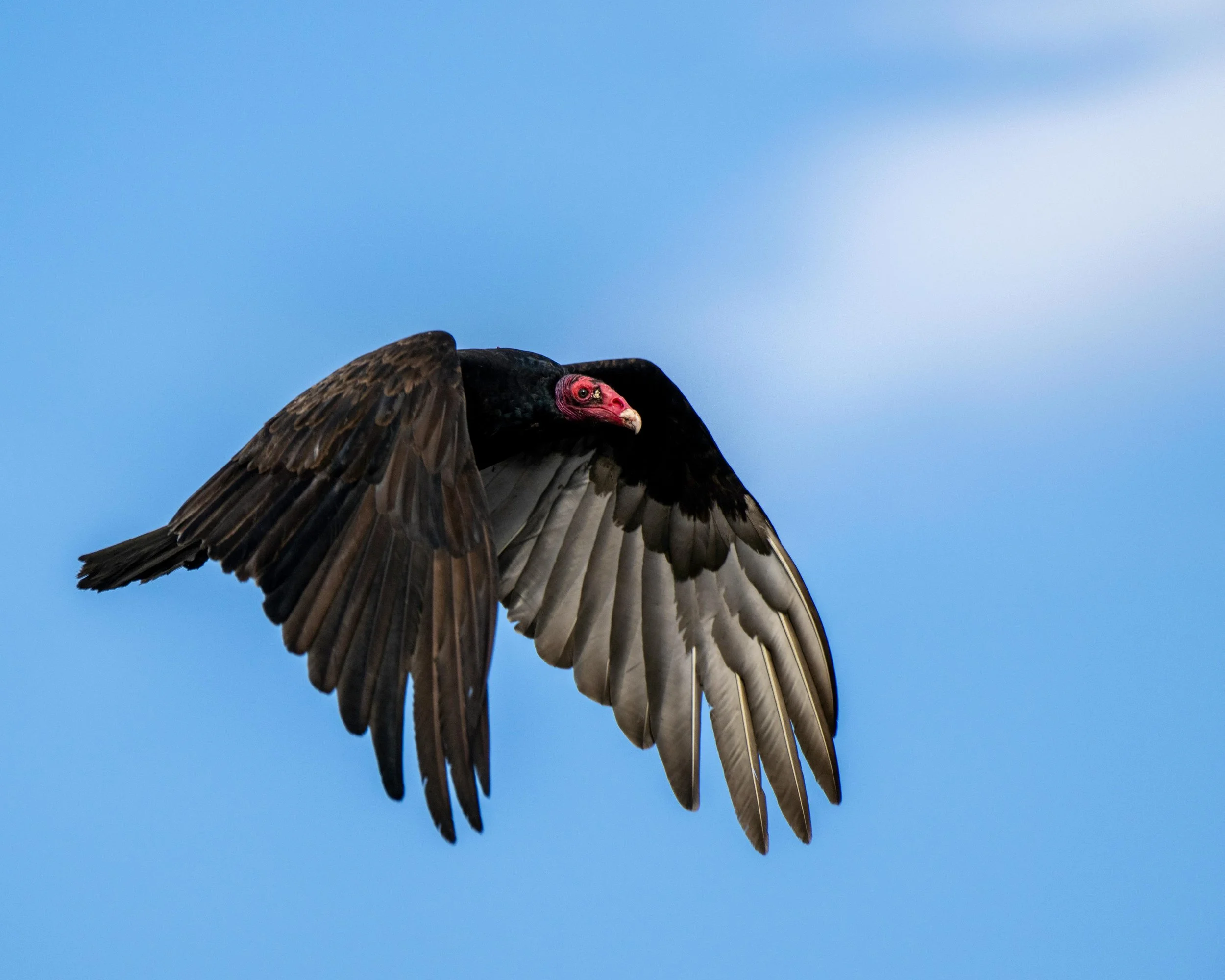Landmark Series—Behind the Bandana: Badwater Basin, Death Valley National Park
Guest User
Credit: WikiCommons (Ser Amantio di Nicolao)
Situated amongst Death Valley National Park's 3.4 million acres, Badwater Basin is infamous as "the lowest point in North America" existing at 282 ft below sea level. Ironically, the highest point in the continental US (Mt. Whitney) is only 76 miles away. Death Valley National Park is home to more than 1,000 species of plants, including 50 that are found nowhere else in the world such as the endemic Badwater Snail. With vast views for about 200 miles, these salt flats are rich with minerals like sodium chloride, calcite, gypsum, and borax. Many unique organisms thrive in this ecosystem due to its expansive, dry, and mineral-rich landscape. A road-side pool of highly salty water gives Badwater Basin its name as the water is unpleasant to drink. Many unique formations such as salt pinnacles make for a unique geological experience for tourists.
Photo Credit: WikiCommons (Aleksomber)
Let the Badwater Basin Landmark Bandana be your guidebook to native flora and fauna on your next visit. Here is a closer look at the featured species:
Bighorn Sheep Skull
Bold Jumping Spider
Common Raven Skull
Desert Five-Spot
Desert Ironclad Beetle
Dune Scorpion
Emory's Rock Daisy
Gravel Ghost
Greater Roadrunner
Kit Fox
Pebble Pincushion
Sidewinder
Turkey Vulture
White-Faced Ibis
Photo Credit: WikiCommons (Lucas·G)
FIELD GUIDE:
Land Acknowledgement:
Death Valley National Park is the ancestral homeland of the Timbisha Shoshone—the original and continued stewards of this land.
#1. BIGHORN SHEEP (OVIS CANADENSIS)
These remarkable native wild sheep of North America are renowned for their awe-inspiring large, curved horns and unmatched agility in rugged mountainous terrain. Named after their iconic horns, which can weigh up to 30 pounds in males (rams), they utilize these incredible tools for defense, mating battles, and dominance displays. Even the females (ewes) possess smaller, less curved horns. With their brownish-gray coat blending seamlessly into rocky surroundings, these social animals form herds ranging from a few individuals to over 100. Equipped with split hooves for exceptional grip on rocky surfaces, they confidently navigate steep cliffs and outmaneuver predators.
#2. Bold Jumping Spider (Phidippus audax)
(Source: WikiCommons, Animalparty)
Jumping spiders are fascinating creatures known for their agility and keen hunting skills. Typically small and compact, these spiders boast exceptional eyesight, enabling them to ambush prey from surprisingly long distances. Females measure between 8 to 19 millimeters, while males range from 6 to 13 millimeters in size. Their bodies are adorned with striking patterns of white, yellow, or orange spots on the abdomen, often with iridescent green chelicerae (a pair of appendages in front of the mouth).
Male jumping spiders are particularly distinguished by 'eyebrows'—tufts of hair over their eyes—and occasionally display white bands extending from their rear eyes. These spiders are equipped with remarkable vision, with a prominent pair of eyes at the front of their cephalothorax that resemble telescopes.
During courtship, males engage in intricate displays, lifting legs and performing dance-like movements to communicate their interest to females. This behavior underscores their complex social interactions and adds another layer to the marvel of these tiny yet extraordinary hunters in the spider world.
#3. Common Raven Skull (Corvus corax)
Ravens are renowned for their exceptional intelligence, often outsmarting even the most inventive scientific puzzles. The Common Raven displays impressive aerial feats, performing rolls and somersaults with acrobatic finesse. Young ravens exhibit playful behaviors, engaging in games with sticks by repeatedly dropping and catching them midair. Their intelligence also extends to understanding cause and effect; studies in Wyoming have shown that during hunting season, ravens are attracted to the sound of gunshots, anticipating a potential food source, while they ignore similarly loud but innocuous sounds like airhorns or car doors slamming.
Not only are Common Ravens adept mimics of other bird calls, but they can also learn to imitate human speech when raised in captivity. There's even an anecdote of a Common Raven raised from birth that learned to repeat the word “nevermore,” showcasing their remarkable vocal abilities and adaptability. Listen to the Raven’s call here.
#4. Desert Five-Spot (Eremalche rotundifolia)
(Source: WikiCommons, Flickr upload bot)
The Desert Five-spot, a member of the Malvaceae family, thrives in the arid landscapes of the Sonoran and Mojave Deserts in the southwestern United States. Found at elevations between 50 and 1,500 meters, this annual herb flourishes in sandy washes and alkaline soils. It grows up to 60 centimeters tall, sporting rounded leaves with toothed edges. Its striking rose-pink to lilac flowers, each adorned with a dark red spot at the base, open in the morning and close at night. With its distinct appearance and delicate, lantern-like petals, the Desert Five-spot stands as one of the most captivating desert blooms, adding a splash of color to its harsh surroundings.
#5. Desert Ironclad Beetle (Asbolus verrucosus)
(Source: WikiCommons, Greg5030)
The blue death feigning beetle, also known as the desert ironclad beetle, is a remarkable inhabitant of the southwestern United States, known for its adaptation to hot environments. This species of darkling beetle reaches sizes of 18–21 mm (0.71–0.83 in) and feeds on a diverse diet that includes dead insects, fruits, and lichen. Notably, when threatened, these beetles have a unique defense mechanism—they feign death. Their distinctive appearance, characterized by warty bumps on their elytra and a powdery blue coloration from a protective wax coating, helps them thrive in their arid habitat. Interestingly, the beetles' color darkens in humid conditions, demonstrating their adaptation to varying environmental factors.
#6. Dune Scorpion (Smeringurus mesaensis)
The dune scorpion thrives in the expansive, sandy landscapes of open deserts and dune habitats, where it constructs burrows in the sand and sediment for shelter. This creature measures approximately 72 mm in length and weighs around 2.0 grams, blending seamlessly with its surroundings due to its sandy beige coloration, which sometimes gives it a translucent appearance. Armed with venomous stingers in their tails, dune scorpions use their venom both to immobilize prey and as a defense mechanism against threats, including humans when provoked or disturbed.
#7. Emory's Rock Daisy (Perityle emoryi)
(Source: WikiCommons, File Upload Bot (Magnus Manske), Toyonbro, BotMultichillT, )
Emory's rock daisy, an herbaceous annual, clusters in clumps and can reach up to two feet in height. Its spade-shaped leaves feature toothed margins, while its delicate or robust stems are often covered in soft or rough hairs. The flowers, adorned in white with vibrant yellow centers, are small yet striking. This daisy blooms year-round, from January through October and November, adding a cheerful presence to its surroundings with both ray and disk florets contributing to its overall appeal.
#8. Gravel Ghost (Atrichoseris platyphylla)
(Source: WikiCommons, File Upload Bot (Magnus Manske), Dcrjsr, Stan Shebs)
Meet the gravel ghost (Atrichoseris platyphylla), a master of camouflage in the arid landscapes of southwestern North America. This member of the aster family emerges fleetingly, spurred by rare rains that temporarily relieve the harsh desert conditions. As a winter annual, it faces the challenge of surviving in an environment where moisture is scarce and many plants struggle to avoid dehydration. The gravel ghost's fleshy, semi-succulent leaves likely store precious water, offering a crucial advantage during prolonged droughts. Growing amidst gravel and pebbles, its brown-spotted, flat oval leaves form a low rosette, blending seamlessly into its surroundings to evade herbivores and ensure its survival in this challenging habitat.
#9. Greater Roadrunner (Geococcyx californianus)
The Greater Roadrunner is a remarkable bird of the Desert Southwest, known for its incredible speed and unique adaptations. Standing at two feet long from its sturdy bill to its white-tipped tail, it sports a bushy blue-black crest and mottled plumage that blends seamlessly with its dusty shrub surroundings. When running, roadrunners hold their lean bodies parallel to the ground, steering with their long tails. Recently expanding their territory eastward into Missouri and Louisiana, these birds are adept predators, consuming venomous prey like lizards and scorpions without harm, using a careful technique to swallow horned lizards head-first. They even tackle rattlesnakes with a coordinated strategy: one distracts while the other immobilizes and dispatches the snake. Revered in Native American and Mexican lore for their courage, strength, speed, and the spiritual significance of their distinctive X-shaped footprints, roadrunners hold a special place in cultural beliefs as symbols of protection against evil in Pueblo traditions.
#10. Kit Fox (Vulpes macrotis)
(Source: WikiCommons, Jarble)
Kit foxes inhabit diverse regions across the Southwestern United States and northern and central Mexico, with their range extending northward into the arid interior of Oregon. These diminutive foxes exhibit varying coat colors and textures depending on their geographic location, typically sporting a grizzled or yellowish-gray hue on their dorsal side. Their bushy tails are gray with a distinctive black tip, and they lack the tail stripe characteristic of the Gray fox. Kit foxes are primarily carnivorous, preying on rodents, rabbits, and carrion, supplemented occasionally with fruits. Renowned as the smallest species of fox, they feature large heads and ears adapted for their nocturnal lifestyle, allowing them to thrive in their desert and semi-desert habitats.
#11. Pebble Pincushion (Chaenactis carphoclinia var. carphoclinia)
(Source: WikiCommons, Stan Shebs)
The Pebble Pincushion, a member of the Asteraceae (Sunflower) family, is a native annual herb growing up to 16 inches tall. This plant features an erect, branching stem covered in whitish hairs, with small, linear leaves that wither at the base. Its delicate flowers, which can be white or pinkish, bloom from January through June. The flowers have small heads, about 0.25 to 0.5 inches wide, and are bracketed by reddish, sharp-pointed phyllaries. This charming plant adds a touch of subtle beauty to its native landscapes.
#12. Sidewinder (Crotalus cerastes)
(Source: WikiCommons, Loopy30)
The sidewinder, a small rattlesnake native to North America's arid habitats, is known for its unique sideways movement called ‘sidewinding’, which inspired its name. Also known as the 'horned rattlesnake' due to the raised scales above its eyes, this species is the fastest-moving rattlesnake. Sidewinders are viviparous, giving birth to live young, and use their tails to lure lizard prey. Their cream or sandy yellow/brown color, keeled scales, and dark markings provide excellent camouflage in the desert. This coloration varies by region, allowing sidewinders to blend seamlessly into their surroundings.
#13. Turkey Vulture (Cathartes aura)
The Turkey Vulture is unique among birds for its keen sense of smell, which helps it locate carrion even beneath forest canopies. Its brain has a large section dedicated to processing smells, enabling it to detect odors at just a few parts per trillion. To maintain stability and lift at low altitudes, it holds its wings in a slight V-shape and teeters side to side while flying close to the ground to pick up scents. As a defense mechanism, it may vomit on potential threats, a powerful deterrent given its diet. The Turkey Vulture’s highly acidic stomach allows it to digest almost anything, including carcasses tainted with diseases like anthrax, tuberculosis, and rabies, without getting sick. Listen to the Turkey Vulture’s bird call here.
#14. White-Faced Ibis (Plegadis chihi)
(Source: WikiCommons, Frank Schulenburg)
The striking White-faced Ibis boasts a shimmering plumage of purple, green, and bronze, with breeding adults displaying a ruby-red eye surrounded by a sharp white mask and pink legs. These long-legged birds forage in the scarce and often ephemeral marshes of the American West, using their curved bills to probe moist soil for earthworms and other invertebrates. Interestingly, White-faced Ibises sometimes incorporate human-made objects like cigarette lighters, empty shotgun shells, plastic dolls, and hair combs into their nests. You can spot these beautiful birds in marshes or wet agricultural fields, especially alfalfa fields. Listen to the White-Faced Ibis’ bird call here.
Ready to geek out on more nature facts? Head over to our Landmark Series page for more.










